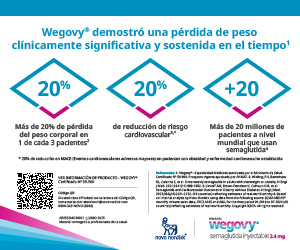Symposium 11: Obesity as beta cell stressor at the start
DOI:
https://doi.org/10.47196/diab.v56i3Sup.573Keywords:
childhood, adolescenceAbstract
The accelerator hypothesis, which proposes a link between type 1 diabetes (T1D) and type 2 diabetes (T2D) through insulin resistance and related to body weight. The prevalence of the two most common forms of diabetes, type 1 (T1D) and type 2 (T2D) is increasing worldwide, including in the pediatric population, rapidly becoming an urgent public health problem. The International Diabetes Federation has estimated that T1D affects more than 1,100,000 children and adolescents, with an annual incidence of about 128,900 worldwide, as well as the increase in the prevalence of type 2 diabetes in children gives an estimate of fourfold to the current one for the United States, in the year 2050. In addition, prediabetes affects almost 5% of children between the ages of 6 and 10 years.
The study of the impact of onset diabetes in childhood and adolescence showed that hyperglycemia is not the only cardiovascular risk factor, others being glycemic variability, hypoglycemia, obesity, insulin resistance, waist circumference. The obesity pandemic does not leave children out.
References
-
Downloads
Published
Issue
Section
License
Copyright (c) 2022 on behalf of the authors. Reproduction rights: Argentine Diabetes Society

This work is licensed under a Creative Commons Attribution-NonCommercial-NoDerivatives 4.0 International License.
Dirección Nacional de Derecho de Autor, Exp. N° 5.333.129. Instituto Nacional de la Propiedad Industrial, Marca «Revista de la Sociedad Argentina de Diabetes - Asociación Civil» N° de concesión 2.605.405 y N° de disposición 1.404/13.
La Revista de la SAD está licenciada bajo Licencia Creative Commons Atribución – No Comercial – Sin Obra Derivada 4.0 Internacional.
Por otra parte, la Revista SAD permite que los autores mantengan los derechos de autor sin restricciones.




























